I used what I had available in true trapper fashion. Had to buy the spray foam gap-filler, but that was it. I used an old river fishing jug made from 4" PVC about 16" long. I used a piece of all-thread I picked up at a yard sale a couple years ago for a buck. I used 1/8" cable. To attach the anchor end, I used a Hagz body-grip bracket.
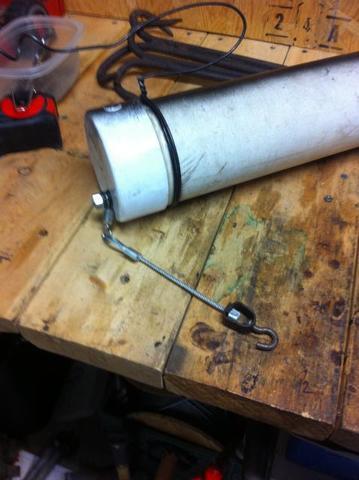
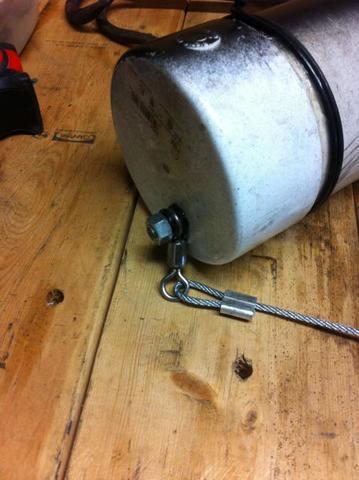
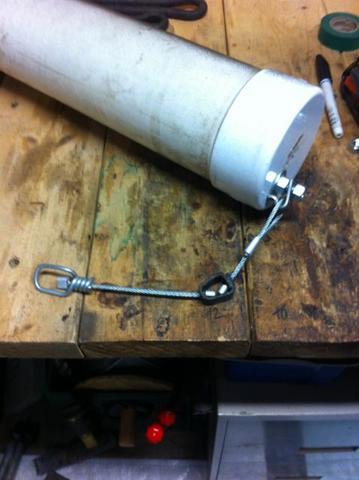
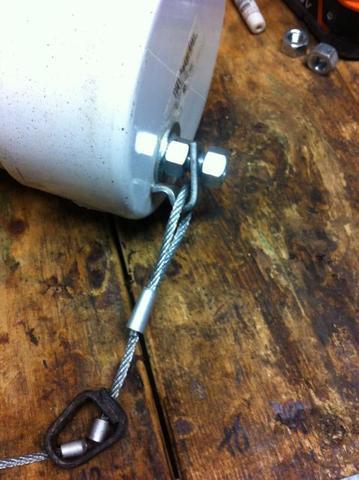
I thought the end result floated pretty good. Turns out the bigger diameter pipe actually requires less weight and effort to balance. The problem was our current MO regulations require beaver snares to be sub-merged. While we are working to try and have that changed to half-submerged, I have an unusable tool.
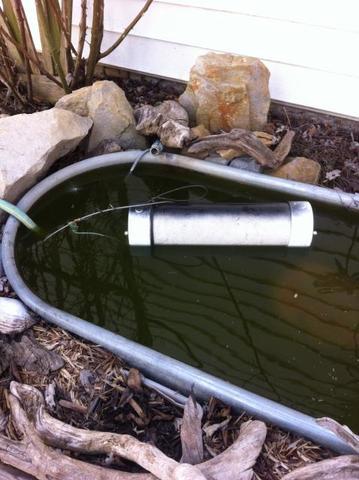
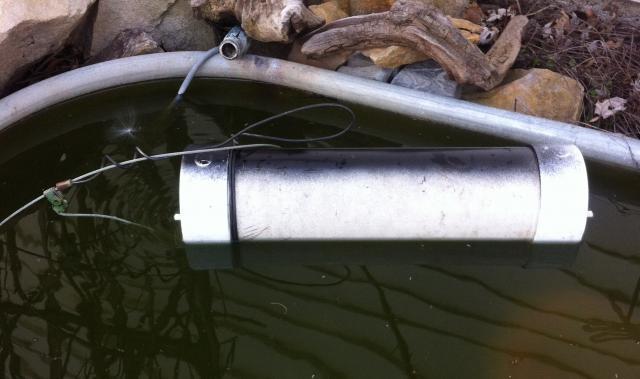
Showed all the above to Aix, and he suggested maybe lowering the snare and getting a dive-stick beside the float. At least that was my understanding. As you can see, I also took Aix's suggestion and got some snares with lighter-weight locks on them. I can easily push the support wire down just a bit, and the entire snare is under water and blended with the dive stick.
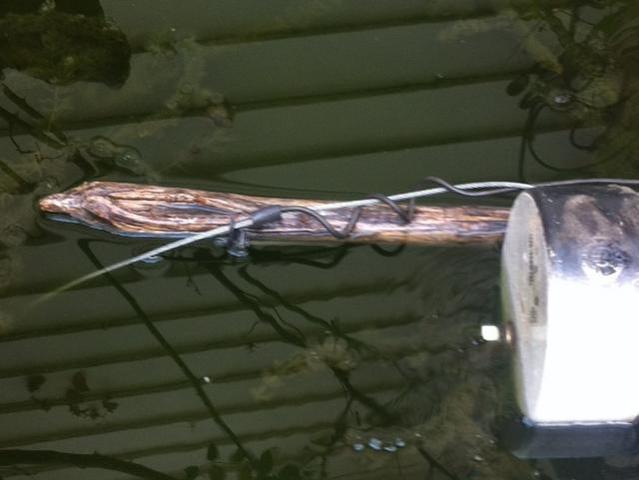
Here, you can see that I just bent the support wire around to the side. Because of the larger diameter pvc, I didn't have to balance/rebalance the torpedo. Using a lighter weight snare also helped some I'm sure.

I'll point out that I didn't actually have a large enough loop formed when taking these pics. If the loop is made larger, there is less hanging below the torpedo where the snare swivel is j-hooked to the torpedo. I would also tend to believe that the dive-stick should stick out from the torpedo as far as the outer edge of the snare loop.
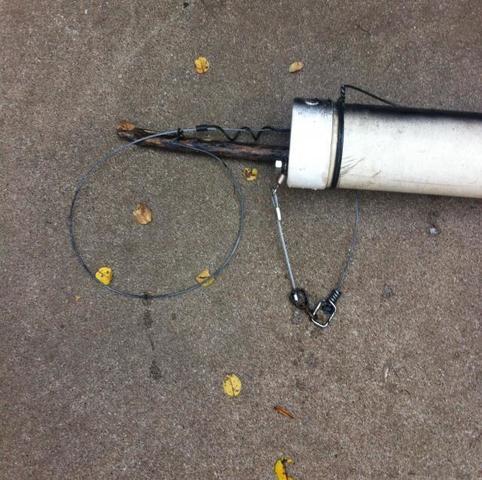
I used a piece of copper electrical wire to attach the dive stick. It's easy to bend, adjust, move around, etc. Plus it was laying there when I needed it.

My idea is to place a little castor or castor based lure on the snare end of the torpedo. Ideally, the beaver will dive under the stick as it maneuvers around the torpedo investigating.
I'm open to suggestion or critique. I can't wait to try it or the others I'll have ready by then.













![[Linked Image]](http://sniperstrappingplace.com/greysig.png)